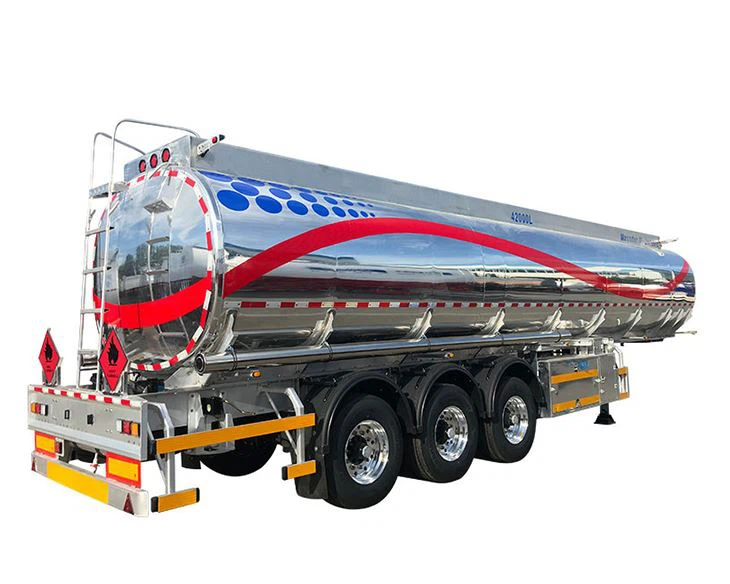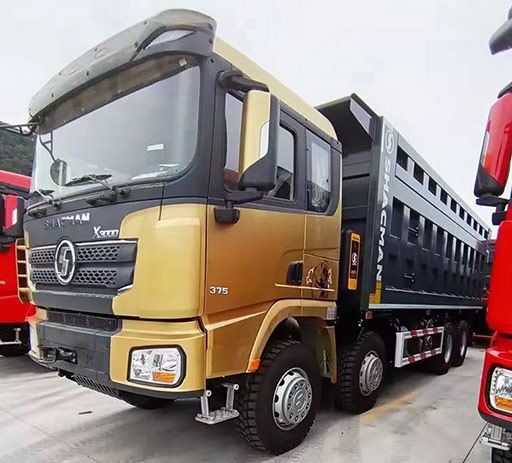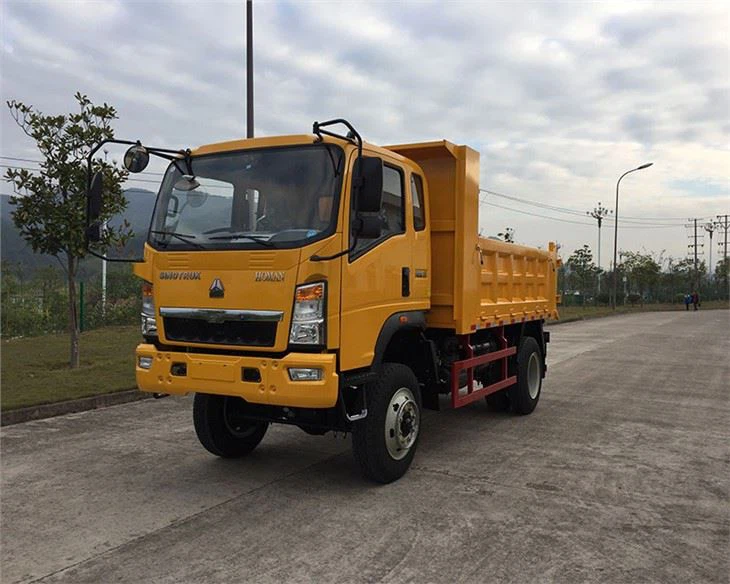Exploring the Various Types of Truck Cabs: A Comprehensive Guide

Trucks play an essential role in the transportation industry, with various types of vehicles designed for specific purposes. At the heart of every truck is the cab, an area that dictates both comfort and functionality for the driver. In this guide, we will explore the different types of truck cabs, their features, advantages, and practical applications.
Understanding Truck Cabs
Truck cabs are the front sections of trucks where the driver sits. The size, shape, and features of a truck cab vary considerably based on the type of truck and its intended use. Knowing the different types of truck cabs can help truck owners and operators choose the best fit for their needs.
Types of Truck Cabs
1. Day Cab
A day cab is designed for short-haul trucking and is typically used for regional routes. This type of cab does not have a sleeping area, which makes it lighter and more maneuverable.
Features of Day Cabs
- Compact size
- Lightweight construction
- Flat windshield for better visibility
Advantages
- Better fuel efficiency
- Improved maneuverability
- Lower initial costs
Practical Example
Day cabs are ideal for local delivery services, such as food distribution companies, where drivers return home after completing their deliveries.
2. Sleeper Cab
Sleeper cabs are designed for long-haul trucking and come equipped with a sleeping compartment. This feature allows drivers to rest and sleep during long trips, improving their comfort and overall safety.
Features of Sleeper Cabs
- Built-in sleeping area
- Cupboard space and storage options
- Refrigerator and amenities
Advantages
- Extended travel range without needing rest stops
- Improved driver comfort
- Better for long-distance transportation
Practical Example

Long-haul trucking companies often utilize sleeper cabs for routes that span several days, allowing drivers to travel significant distances with necessary rest breaks.
3. Crew Cab
Crew cabs are designed to accommodate multiple passengers, typically providing seating for four or more individuals. These cabs are commonly found on pickup trucks.
Features of Crew Cabs
- Four full-size doors
- Spacious back seating area
- Ample storage space
Advantages
- Versatile for family or work needs
- Greater passenger capacity
- Improved accessibility
Practical Example
Construction companies often use crew cabs to transport teams to job sites, offering space for both equipment and personnel.
4. Regular Cab
A regular cab, or standard cab, typically has two doors and includes seating for two to three passengers. This type of cab is commonly used in light-duty trucks.
Features of Regular Cabs
- Two or three seats
- Compact design
- Basic features
Advantages
- Lightweight and fuel-efficient
- Lower costs compared to larger cabs
- Simpler design with less maintenance
Practical Example
Regular cabs are popular among small business owners who need a reliable, efficient vehicle for deliveries or services.
5. Extended Cab
Extended cabs provide additional space behind the front seats, allowing for extra seating or storage. They typically have rear-hinged doors for easier access.
Features of Extended Cabs
- Slightly larger than regular cabs
- Rear doors for access to extra seating or storage
- Additional legroom
Advantages
- Extra passenger capacity without a full crew cab
- Better for occasional passengers
- Versatile for both work and leisure

Practical Example
Extended cabs are popular with recreational users who occasionally need to carry additional passengers, such as families who enjoy camping trips.
6. Low-Cab Forward
The low-cab forward design features a cab situated closer to the front axle, allowing for improved visibility and maneuverability. This design is often used in delivery trucks.
Features of Low-Cab Forward Trucks
- Cab positioned over the engine
- Enhanced visibility for urban driving
- Short wheelbase for tight turns
Advantages
- Better handling in congested areas
- Increased payload capacity
- Improved turn radius
Practical Example
Low-cab forward trucks are commonly seen in urban delivery services, where tight maneuvering may be needed in city environments.
7. Flat Roof versus Raised Roof Sleeper Cabs

Sleeper cabs can further be categorized into flat roof and raised roof designs, which impact storage and comfort.
Features Comparison
| Feature | Flat Roof Sleeper Cab | Raised Roof Sleeper Cab |
|---|---|---|
| Height | Lower ceiling | Increased headroom |
| Storage space | Limited storage options | Enhanced storage capabilities |
| Fuel efficiency | Generally better | Potentially lower due to height |
Advantages
- Flat Roof: More fuel-efficient, lower center of gravity
- Raised Roof: Offers greater comfort and amenities
Practical Example
Long-haul drivers might prefer raised roof sleeper cabs for added comfort over extended periods, while short-haul drivers might opt for flat roof models for better fuel efficiency.
Choosing the Right Truck Cab
Selecting the appropriate truck cab depends on several factors, including the type of work, distance traveled, and number of passengers. Below are some tips to consider when choosing the right truck cab.
Factors to Consider
- Purpose of Use: Determine how the truck will be used – for local deliveries, long-haul trips, or team transport.
- Passenger Needs: Evaluate how many passengers you need to transport regularly.
- Fuel Efficiency: Consider the average fuel consumption based on the cab type and design.
- Comfort: Look for amenities in the cab, especially if long hours are spent driving.
Tips for Trucks in Different Industries
1. Construction Industry
For the construction industry, crew cabs are ideal to transport multiple crew members and equipment efficiently.
2. Long-Haul Transportation
Long-haul trucking companies should prioritize sleeper cabs, ensuring drivers have a comfortable space to rest during trips.
3. Local Deliveries
Day cabs and low-cab forward trucks work best for local deliveries, allowing easy access in urban settings.
Frequently Asked Questions (FAQ)
1. What is the difference between a day cab and a sleeper cab?
A day cab is designed for short trips and does not have a sleeping area, while a sleeper cab is equipped with a sleeping space for long-haul travel.
2. Which type of cab is best for city driving?
Low-cab forward trucks are ideal for city driving due to their enhanced maneuverability and visibility, making them easier to navigate through tight spaces.
3. Can a crew cab be used for commercial purposes?
Yes, crew cabs are often used in commercial settings, especially in industries that require transporting teams to job sites alongside tools and equipment.
4. How important is cab comfort for long-distance drivers?
Cab comfort is extremely important for long-distance drivers, as it can significantly impact their well-being, safety, and productivity on the road.
5. Are extended cabs safer than regular cabs?
Extended cabs may offer additional safety features, such as more seating options and better accessibility for passengers, though overall safety depends on various factors, including vehicle design and usage.
6. What type of truck cab is most fuel-efficient?
Day cabs and flat roof sleeper cabs tend to be more fuel-efficient due to their lighter weight and lower profiles compared to larger cabs.
